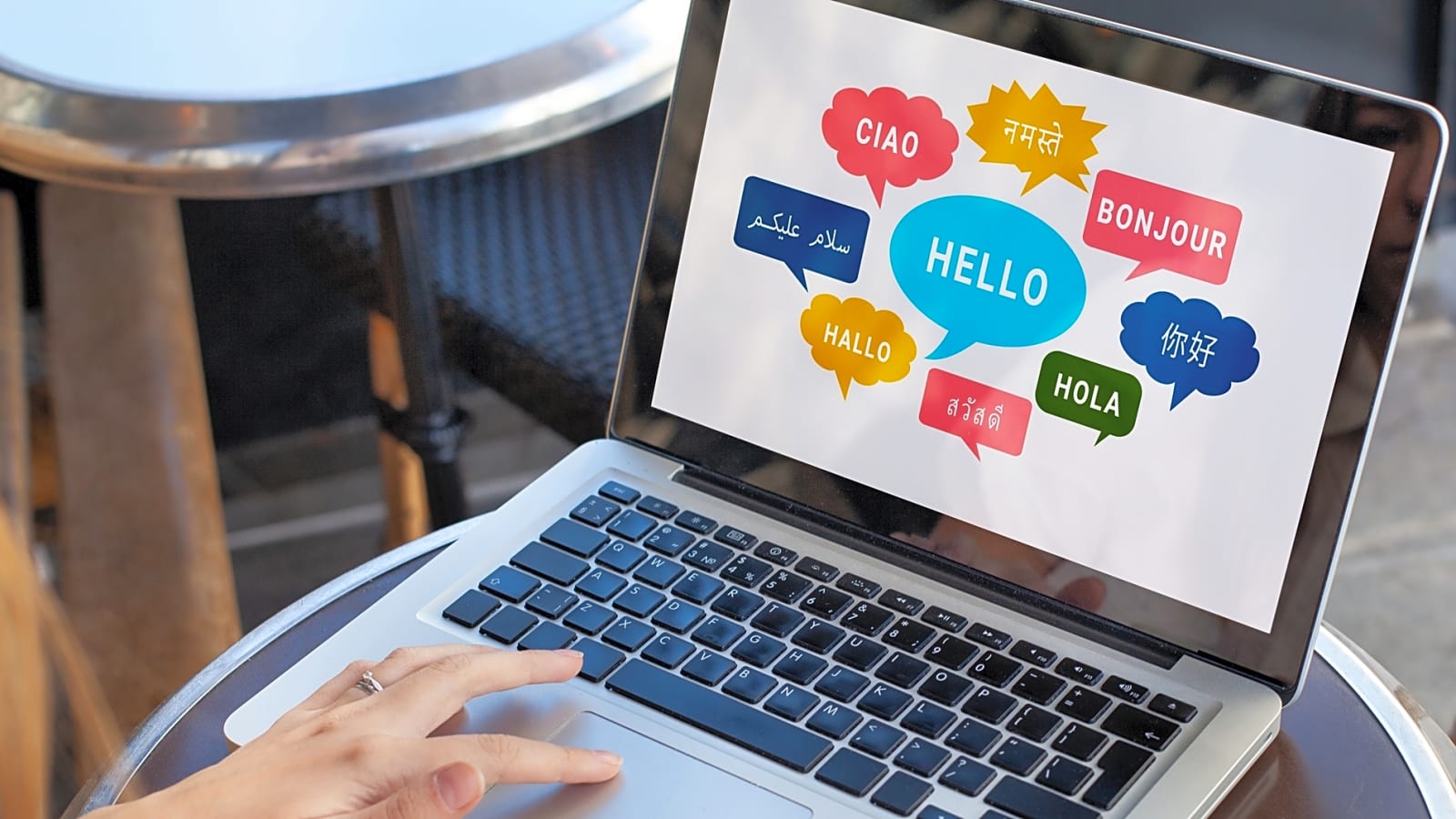x

Song_about_summer/Shutterstock
20 helpful tips if you’re trying to learn a new language
Learning a new language can be intimidating. These 20 tips can make it easier.
More must-reads:
- Nebraska QB Dylan Raiola out for season with a serious injury
- Chase Briscoe suffers flat tire, damage in NASCAR championship race at Phoenix
- The 'TDs from Josh Allen or Patrick Mahomes' quiz
Breaking News
Trending News
Customize Your Newsletter
 +
+
Get the latest news and rumors, customized to your favorite sports and teams. Emailed daily. Always free!




























